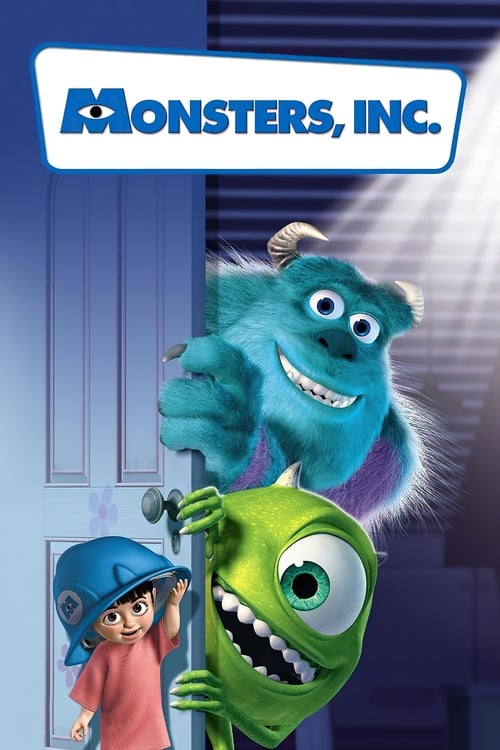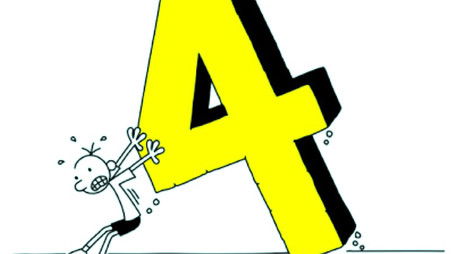
Ask Your Own Question
What is the plot?
What is the ending?
In the ending of "Lemony Snicket's A Series of Unfortunate Events," the Baudelaire orphans, Violet, Klaus, and Sunny, confront Count Olaf in a final showdown. Despite their efforts to expose him, Olaf escapes with the fortune of the Baudelaire parents. The orphans are left in a precarious situation, as they are taken to a new guardian, and the story concludes with a sense of uncertainty about their future.
As the climax of "Lemony Snicket's A Series of Unfortunate Events" unfolds, the scene shifts to the dramatic confrontation between the Baudelaire orphans and Count Olaf. The children, Violet, Klaus, and Sunny, have gathered their wits and resources, determined to put an end to Olaf's schemes once and for all. They find themselves in a dilapidated theater, where Olaf is preparing to execute his latest plan to steal their fortune.
The atmosphere is tense, filled with the echoes of the past misfortunes that have befallen the Baudelaires. Violet, the eldest, is resolute, her hair tied back in a practical manner, signaling her readiness to invent a solution. Klaus, with his bookish demeanor, is armed with knowledge, while Sunny, the youngest, displays her fierce spirit despite her small stature. Together, they devise a plan to expose Olaf's true identity and thwart his malicious intentions.
As the curtain rises, the children confront Olaf, who is disguised as a woman named "Carmelita Spats." The orphans attempt to reveal his true nature to the audience, but Olaf's cunning and manipulative nature shine through. He manages to turn the situation against them, showcasing his ability to twist the truth and evade justice. The children's efforts seem futile as Olaf's charm and deceit sway the crowd, leaving them feeling helpless.
In a desperate attempt to regain control, Violet uses her inventive skills to create a makeshift trap, but Olaf is always one step ahead. The tension escalates as the orphans find themselves in a precarious position, with Olaf threatening to escape with their fortune once again. The stakes are high, and the children's determination is palpable as they refuse to give up.
As the confrontation reaches its peak, the authorities arrive, but it is too late. Olaf manages to slip away, leaving the Baudelaires in a state of despair. The children are left standing in the wreckage of their hopes, realizing that despite their bravery and intelligence, they have been outmaneuvered by Olaf's cunning.
In the aftermath, the orphans are taken to a new guardian, a character who is well-meaning but ultimately unable to provide the stability and safety they desperately need. The scene closes with the Baudelaires looking out at the horizon, their faces a mixture of determination and sorrow. They understand that their journey is far from over, and the uncertainty of their future looms large.
The film concludes with a poignant reminder of the challenges they face, as the narrator, Lemony Snicket, reflects on the unfortunate events that have transpired. The Baudelaires are left with the knowledge that they must continue to rely on each other, facing whatever misfortunes may come their way. The final shot lingers on their faces, filled with resilience, as they prepare to embark on yet another chapter of their tumultuous lives.
Is there a post-credit scene?
In the movie "Lemony Snicket's A Series of Unfortunate Events," there is no post-credit scene. The film concludes with the Baudelaire orphans--Violet, Klaus, and Sunny--standing on a hill overlooking the city, contemplating their uncertain future after escaping Count Olaf's clutches. The ending emphasizes their resilience and determination to find a way to overcome the challenges they face, leaving the audience with a sense of both hope and melancholy. The absence of a post-credit scene aligns with the overall tone of the film, which is steeped in misfortune and the complexities of life.
What happens to the Baudelaire orphans after their house burns down?
After the Baudelaire orphans' house burns down, they are sent to live with their new guardian, Count Olaf, who is a sinister figure with ulterior motives. The children quickly realize that he is after their fortune and that he will stop at nothing to get it.
How does Count Olaf try to steal the Baudelaire fortune?
Count Olaf employs various schemes to steal the Baudelaire fortune, including disguising himself as a different character, such as the evil 'Gunther,' and attempting to marry Violet, the eldest sibling, to gain access to their inheritance.
What role does the Quagmire triplets play in the story?
The Quagmire triplets, Duncan and Isadora, are friends of the Baudelaire orphans who are also captured by Count Olaf. They provide crucial information and support to the Baudelaires, and their kidnapping becomes a significant plot point that drives the siblings to rescue them.
What is the significance of Violet's invention in the story?
Violet, the eldest Baudelaire, is an inventive and resourceful character. Her ability to invent gadgets plays a crucial role in their survival, such as when she creates a makeshift grappling hook to escape from Count Olaf's clutches.
How do the Baudelaire orphans escape from Count Olaf's clutches?
The Baudelaire orphans escape from Count Olaf's clutches through a combination of Violet's inventions, Klaus's intelligence, and Sunny's biting skills. They work together to outsmart Olaf and his henchmen, showcasing their resilience and teamwork.
Is this family friendly?
"Lemony Snicket's A Series of Unfortunate Events" is a darkly whimsical film that, while aimed at a family audience, contains several elements that may be unsettling for younger viewers or sensitive individuals. Here are some potentially objectionable or upsetting aspects:
-
Death and Orphanhood: The film opens with the tragic death of the Baudelaire parents in a fire, which sets a somber tone and introduces themes of loss and abandonment.
-
Villainous Behavior: Count Olaf, the main antagonist, is depicted as cruel and manipulative. His relentless pursuit of the Baudelaire orphans and his various schemes can be quite menacing.
-
Physical Threats: There are scenes where the children are in physical danger, including moments of being chased or trapped, which may evoke fear.
-
Dark Humor: The film employs a style of dark humor that may not resonate with all children, as it often juxtaposes lighthearted moments with grim situations.
-
Emotional Distress: The orphans frequently experience feelings of despair, helplessness, and frustration as they navigate their unfortunate circumstances, which may be emotionally heavy for some viewers.
-
Visual Imagery: The film features some eerie and unsettling visuals, including the ominous Count Olaf and his various disguises, which may be frightening for younger audiences.
-
Themes of Betrayal: The orphans face betrayal from adults who are supposed to protect them, which can be a distressing theme for children.
While the film is rich in adventure and clever storytelling, these elements contribute to a tone that may not be suitable for all children, particularly those who are sensitive to darker themes.






















































